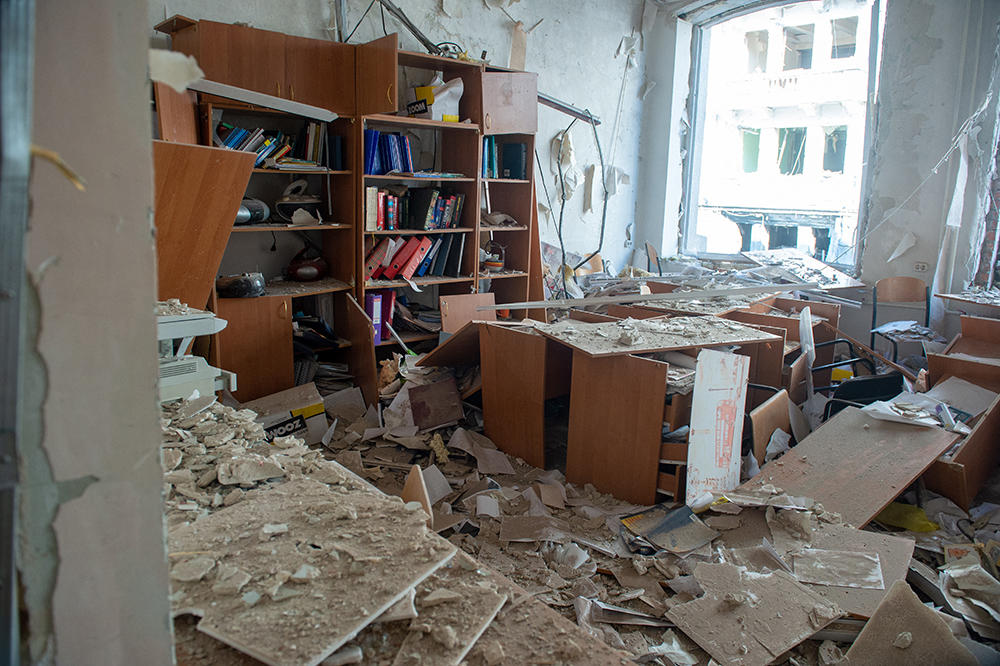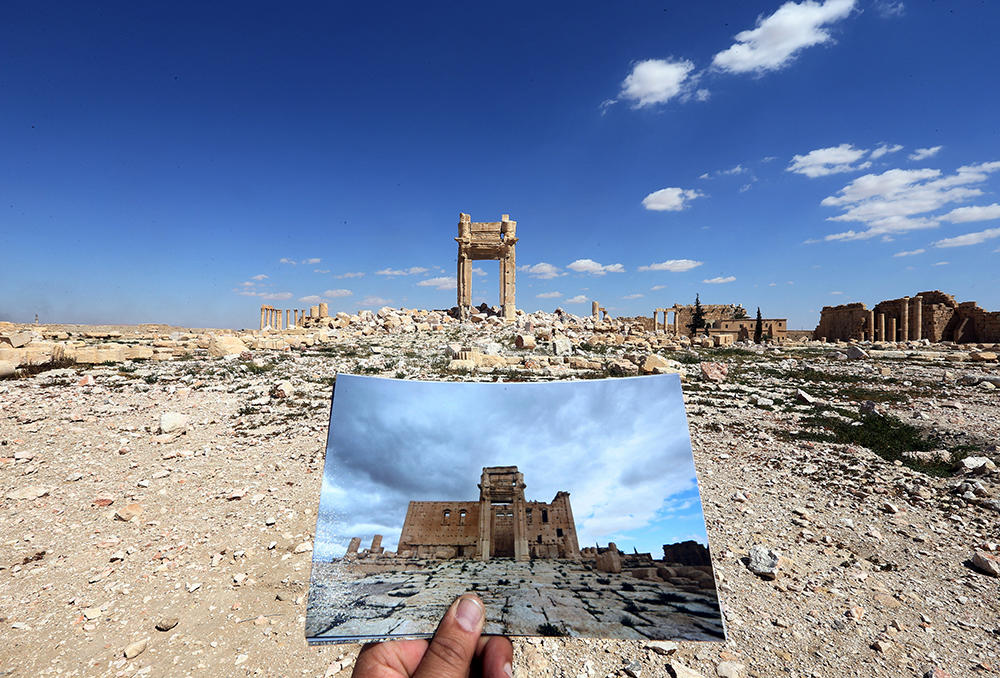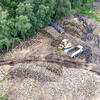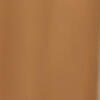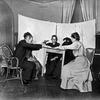You are here
All too often, the fate of scientists in exile is little known
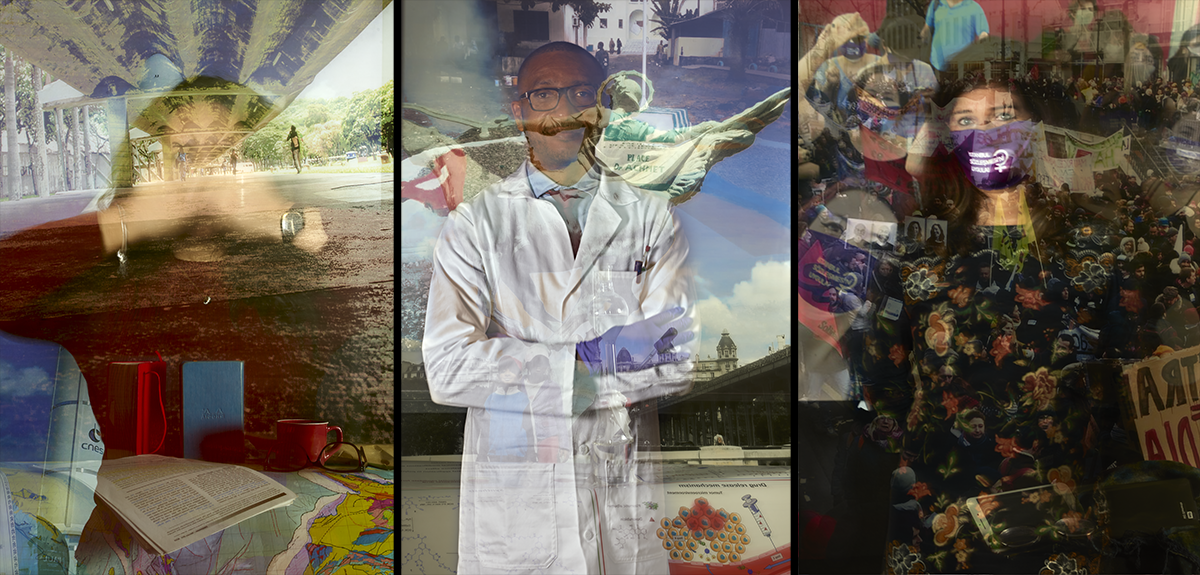
At the onset of the war in Ukraine, PAUSE1 made an emergency appeal to about a hundred universities and research organisations…
Pascale Laborier:2 Yes. The programme provides support for academics who are forced to leave their own country when their work or their lives are in peril. This became the case last February for Ukrainian researchers, prompting PAUSE to offer an exceptional three-month subsidy for giving them hospitality. This comes in addition to our actions in the universities: PAUSE co-finances the hosting of researchers in exile by as much as 60%, with the remaining 40% of their salaries covered by the academic institutions. Not to mention the Migrants in Higher Education (MEnS) network, which was founded in 2016 with the aim of implementing actions to promote the academic integration of exiled researchers and students.
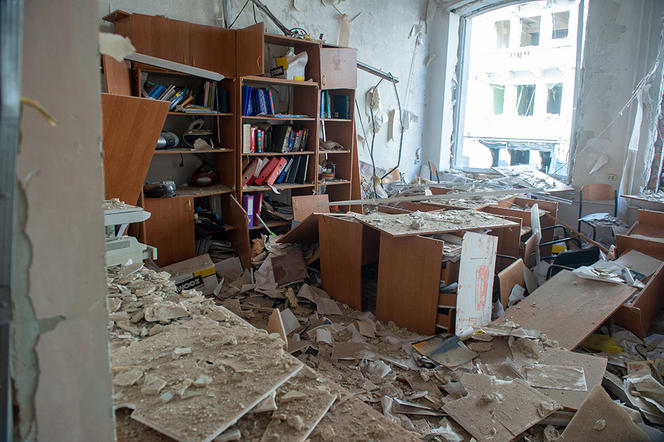
How did this mechanism come into being?
P. L.: The PAUSE programme was conceived in 2015. At the time I was a member of the cabinet of Thierry Mandon, the then Secretary of State in charge of higher education and research. Khaled al-Asaad, the chief archaeologist of the ancient site of Palmyra in Syria, had just been executed by the so-called Islamic State… We received many requests from archaeologists under threat, seeking refuge in French laboratories. Unlike the United States, Germany and the United Kingdom, France had not provided for academic asylum. To remedy this situation, PAUSE was officially launched at the Collège de France in January 2017. In its first three years, more than 250 scientists were granted asylum. The first wave arrived from Syria, and also from Turkey following President Recep Tayyip Erdoğan’s crackdown on academics in 2016. Most of the exiles came from the Near and Middle East, as well as sub-Saharan Africa, Asia and Latin America.
Today, nearly 400 researchers and some 40 artists benefit from the programme’s support via regular appeals (three to four a year), in addition to the assistance provided to nearly 150 Ukrainian scientists by a dedicated emergency solidarity fund, whose cultural provision also goes to help some 50 artists and culture professionals.
Before the 20th century, asylum for scientific exiles remained very limited, but then took on a whole new dimension during the First World War…
P. L.: Quite. As soon as the German army entered Belgium in 1914, many academics and students fled to France and the UK. During that same time, on the other side of Europe, Armenian researchers were trying to escape – mostly in vain – the genocide perpetrated by Turkey, and Russian intellectuals were fleeing the Bolshevik Revolution and civil war out of fear of persecution. The first international structures specialising in asylum came into being at that time, like the High Commission for Russian Refugees, founded in 1921.
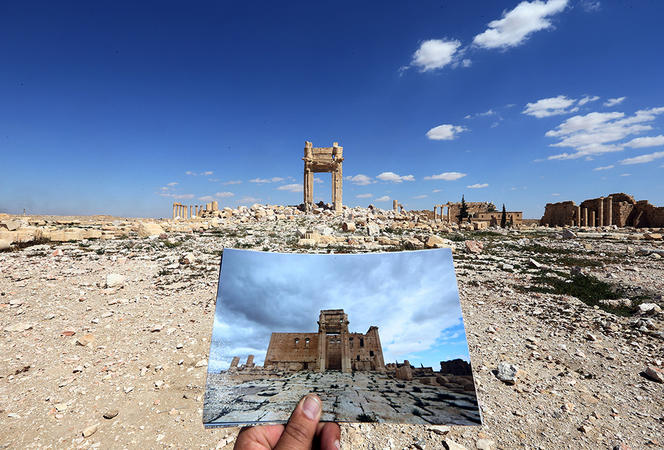
Things further accelerated with World War II…
P. L.: Many persecuted Jewish scientists migrated first to France, the United Kingdom and especially the United States as their situation in Europe worsened. They included household names, like the physicist Albert Einstein and the philosopher Hannah Arendt, both of whom left Nazi Germany in 1933 and went on to achieve tremendous scientific prominence in North America. Other lesser-known scientists also played an important role, as shown in a video that we have produced.3 The biochemist and Russian exile Louis Rapkine4 came to Paris to study in 1924. In 1936, within the Institute of Physico-Chemical Biology (IBPC), where he was working, and along with Nobel winners including Jean Perrin and Frédéric and Irène Joliot-Curie, he co-founded a committee aimed at welcoming foreign scholars and organising their work. After the war, France became more actively involved in an international movement whose purpose was to recognise and offer asylum to the victims of war. Following the Geneva Convention, it created the French Office for the Protection of Refugees and Stateless Persons (OFPRA) in 1952. Decades later, it ratified the Convention of New York, also known as the ‘Bellagio Draft Treaty’, which expanded the status of refugee to include all persons under threat in their homeland.
Generally speaking, why are scientists forced to seek refuge in other countries?
P. L.: They flee because they have reason to believe that they are in danger. But contrary to what one might think, it is difficult to estimate the level of risk. In Turkey, for example, the situation worsened nearly overnight in 2016. Until then, intellectuals could participate in demonstrations, contribute to the public debate and at times even criticise their government without fear of serious repercussions. In 2016, 2,000 academics signed a petition calling for the end of military operations against the Kurds in southeastern Turkey. Three days later some of them were arrested and detained, including the sociologist Derya Keskin, who was accused of ‘supporting a terrorist organisation’. Released under pressure from the Turkish scientific community and civil society, she was nonetheless dismissed from her university post and forced to seek refuge in France. She is now at Nanterre University (Paris) under the auspices of the PAUSE programme. All of this was very sudden.Creating a climate of uncertainty is common practice in dictatorships and authoritarian regimes.
In other words, by the time they realise that they are in danger, it might already be too late…
P. L.: Exactly. For example, I have worked on the history of Uruguayan exiles following the coup of 1973 and the establishment of a military dictatorship. After the event, the academics who were based abroad decided to stay where they were – just in case. They did not have the historical perspective that we have today and couldn’t foresee what was going to happen or how the political situation would evolve. As it turned out, they could have been abducted, tortured or ‘reported missing’, had they returned to Uruguay. Today investigative committees are working on this subject, trying to locate the victims.



Are limitations of academic freedom a warning sign that a democracy is in peril?
P. L.: Every time academics are seriously threatened or thrown in prison, the political situation nearly invariably tightens. In the case of Uruguay again, the compensation commissions for victims of the dictatorship do not usually take the 1973 military coup as their starting point, but consider that the repression began five years earlier. Already in 1968, student demonstrations were being violently suppressed. Intellectuals were arrested and imprisoned in 1971, then released several months or even a year later. This explains why some of them fled right after the takeover. They had been placed under police control and were afraid of being sent back to prison. Those who were not able to escape would spend as long as 12 years in jail, as recently depicted in the superb film Compañeros by Álvaro Brechner (2018).
Once in exile, are researchers able to continue their work nonetheless?
P. L.: It’s still quite difficult. In addition to salary support through the host establishments, the PAUSE programme offers them language training. Still, there are two things to bear in mind: first of all, generally speaking and under the best possible conditions, it takes an average of five years for a highly-qualified foreigner to become integrated in their host country.
Secondly, these are researchers whose level of expertise in their respective fields is unique in the world. This makes it all the more difficult for them to work in a new language. That’s why they tend to fall into three basic patterns: many young people, who were just beginning their careers, turn to new research subjects, and start another doctoral thesis, for example. More senior researchers, on the other hand, find it harder to ‘bounce back’. Some opt for less language-dependent professions, which is often the case with engineers. Others find themselves unable to pursue their work. This is especially true among archaeologists – Afghans and Syrians in particular – who have been forced to abandon their research sites.
Do these exiles alter the balance of power between countries in terms of scientific production and excellence?
P. L.: If you look at the history of the sciences in the 20th century, the European scientists exiled to the United States during the Second World War helped make that country the leading scientific power that it is today. The examples of quantum physics and the Manhattan Project are well-known – both benefited from the contributions of refugee scientists from Hungary (Leó Szilárd, Eugene Wigner), Italy (Enrico Fermi), Germany (Hans Bethe) and France (Bertrand Goldschmidt). That said, what is more generally beneficial to research is mobility, communication, international exchanges… It’s the fact that specialists from widely diverse horizons and cultures can get together and discuss their work.



How did you conceptualise the exhibition Poser pour la liberté ("Standing for Freedom") on scientists in exile?
P. L.: During the setup of the PAUSE programme, I realised that in most cases the refugees’ stories were little known. So in parallel, with the help of a few colleagues, I launched several research projects dedicated to different regions of the world. For my part, I studied the careers of some 1,500 Uruguayan academics and conducted 120 interviews with exiles in France. All of this research is centralised in a cartographic database, still in the development phase (the Géo-récits Project at the Convergences Migrations collaborative institute), which will enable us to produce comparative studies on the lives of refugees, whether from Asia, Europe or South America, etc. As I became aware of all these life stories, I began thinking about their visibility in the public space. That’s what led to the idea of an exhibition targeting the general public.
The event features photographs as well as objects, and in particular ‘slices of life’…
P. L.: I worked with the photographer Pierre-Jérôme Adjedj and Amaryllis Quezada, coordinator of the PAUSE programme, to present the lives and work of some 50 refugee academics, whose stories also appeared in the magazine Hommes & Migrations, published by the French National Museum of Immigration History. The idea was to offer photographic portraits of the researchers accompanied by objects that have significance for them. To avoid any artificial effect, Adjedj created a mobile mirror that allowed him to overlay multiple images when the shot was taken, without using photomontage. Other mechanisms were developed as the exhibition took shape, including videos, audio recordings and more recently story maps. Originally, the scenography was designed for the Cité du Design in Saint-Étienne (southeastern France), where it was inaugurated in January 2021. Since then, Poser pour la Liberté has become a travelling exhibition. It has been shown at Humboldt University in Berlin, as well as in Dresden and Frankfurt an der Oder (Germany) last winter, or Bordeaux (France) last Spring, before moving to Brussels (Belgium) next year. The audience is very wide, including university and secondary school students as well as refugee associations. In Berlin, Vjosa Osamni, president of the Republic of Kosovo, who earned a PhD in Pittsburgh (US), came to see the exhibition. It is now due to open in Strasbourg (France) – and I strongly recommend it!
- 1. The CNRS is one of the founding members. See https://www.cnrs.fr/fr/cnrsinfo/pause-accueil-durgence-pour-the-scientif…
- 2. Pascale Laborier is a professor of political science at Université Paris Nanterre, a fellow of the Convergences Migrations collaborative institute, project leader of the “Researchers in danger” mission and initiator of the PAUSE programme. She is also the creator and curator of the exhibition “Standing for freedom”.
- 3. The 15-minute film Scientifiques en Exil “Scientists in exile” was produced by Pascale Laborier, Diane Dosso, Vanessa Tubiana and Paul Rambaud.
- 4. Louis Rapkine (1904-1948). Trajectoire d'un biochimiste français d'origine russe. Une vie au service de ses pairs, (in French) by Diane Dosso, archive manager of the Institute of Physico-Chemical Biology (IBPC), under the auspices of the Liberade project promoting freedom of research for scholars in danger), 16 December, 2021. Read the story (in French) at: https://storymaps.arcgis.com/stories/c6b5a21a92514a22b09834d23abff5b7
Explore more
Author
Fabien Trécourt graduated from the Lille School of Journalism. He currently works in France for both specialized and mainstream media, including Sciences humaines, Le Monde des religions, Ça m’intéresse, Histoire or Management.


